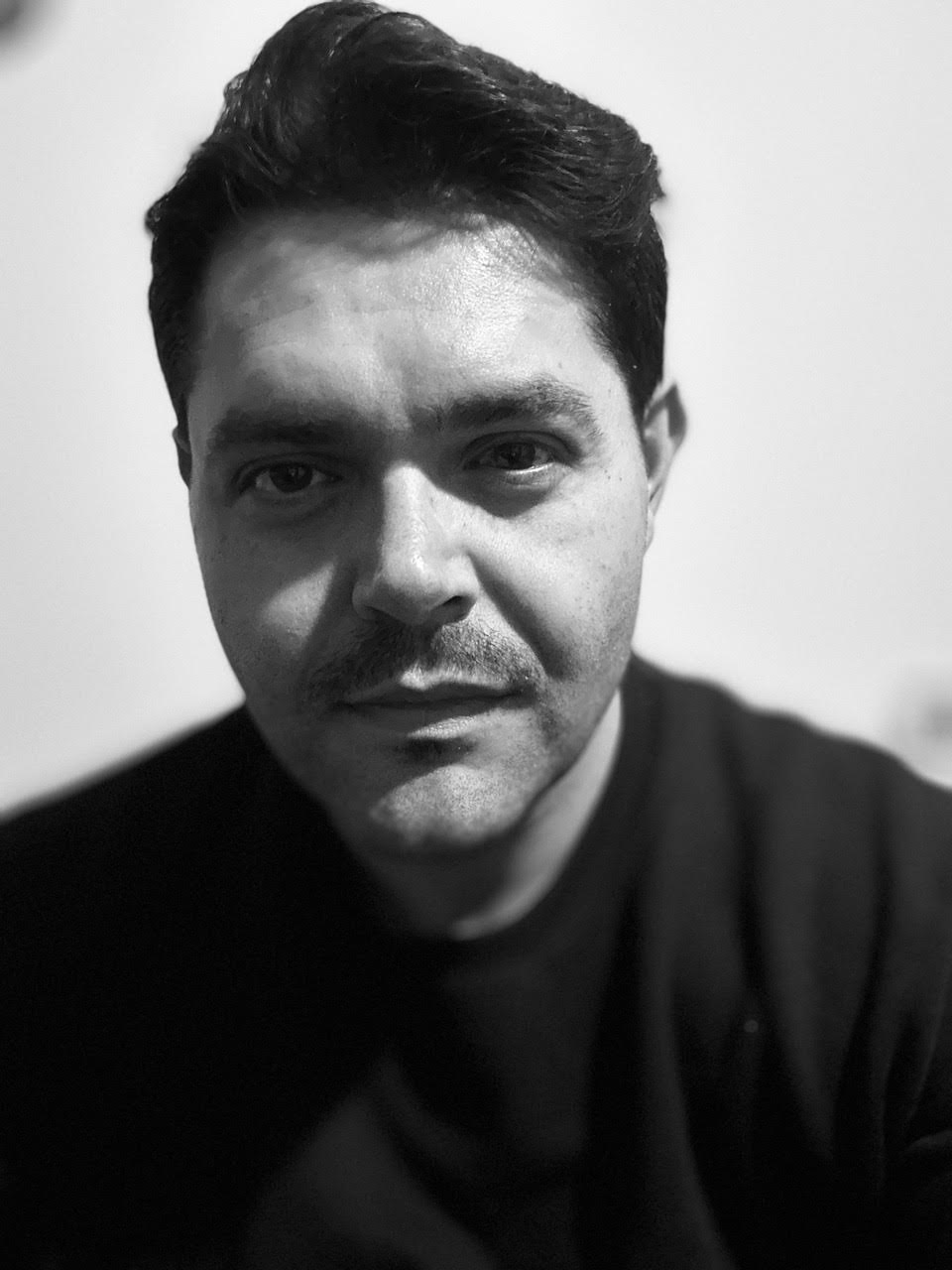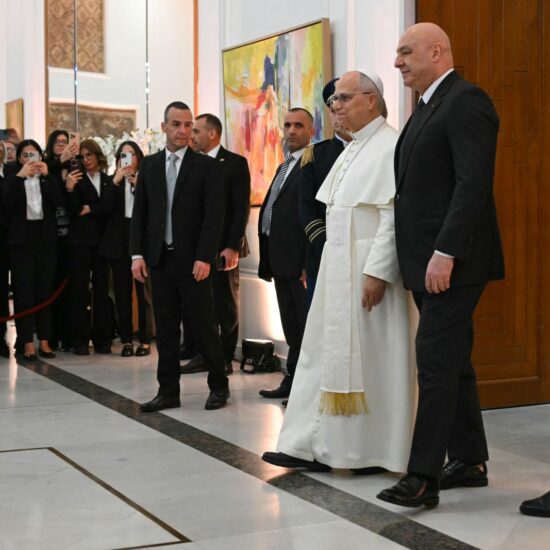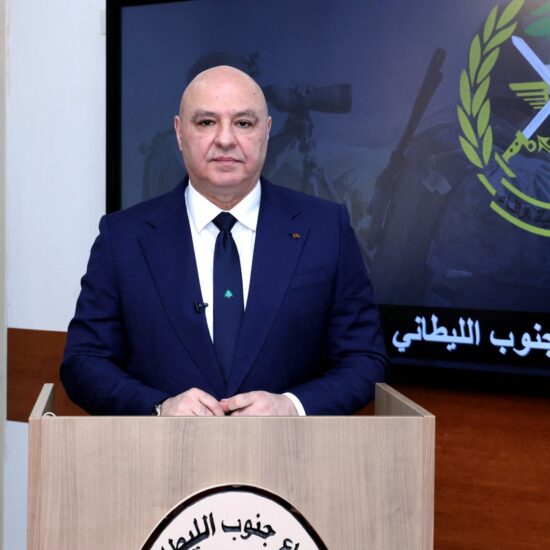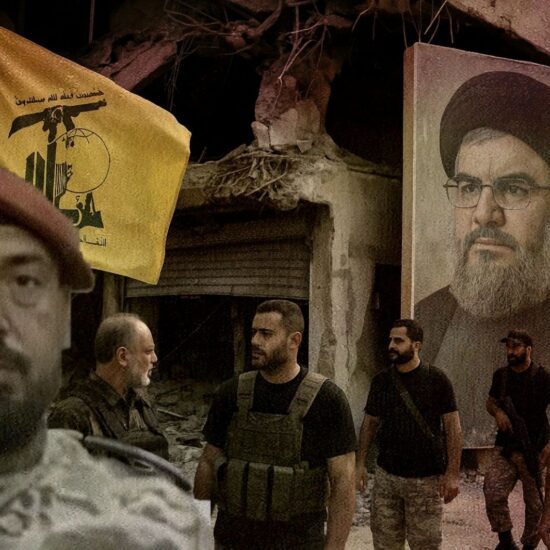
An exploration of Saad Hariri’s potential return to politics, its impact on sectarian power shifts, potential for economic reform, and Lebanon's complex interplay with regional politics.
Nineteen years on, Saad Hariri’s public reading still falters with self-corrections, yet the most noticeable change isn’t in his political stance but rather in his hairstyle. Hariri, a former Prime Minister and a prominent Sunni leader, steps back into a Lebanon that is vastly different from the one he once helped govern.
Stepping back into the political arena, he carries not only his own political legacy but also that of his father, Rafik Hariri, who played a pivotal role in the post-civil war reconstruction of Lebanon. His tenure was marked by significant rebuilding efforts, which left a lasting impact on the nation. Saad, following in his father’s footsteps, entered politics with the weight of this legacy.
Hariri’s political path, however, has been marked by significant challenges, with the pivotal moment being his 2016 endorsement of Michel Aoun. This move was a clear indicator of his readiness to engage in substantial compromises for short-term political stability. This was further reflected by his political maneuvers and alliances with influential Lebanese figures, notably Berri and Bassil. Berri, who serves not only as the Speaker of the Parliament but also as the head of the Amal Movement, has been a crucial ally of Hezbollah. Similarly, Hariri’s interactions with Bassil, another strategic ally of Hezbollah at the time, have been of considerable significance.
The Shia Duo’s Ascendancy
The political landscape of Lebanon has been witnessing a significant shift with the rising influence of the Shia duo. This ascendancy is reshaping the traditional power dynamics that have long been dominated by Sunni and Maronite political groups.
This shift is not without its tensions and controversies. For the Sunni community, led by figures like Hariri, the rise of Shia power often means negotiating from a position of reduced influence, particularly in government formation and national policy decisions. The growing influence of the Shia duo also has implications for Lebanon’s foreign policy and internal stability. Their close ties with Iran and involvement in regional conflicts often put them at odds with other Lebanese factions that are aligned with Western and Gulf states.
Hariri’s Current Role and Lebanon’s Future
In the evolving political landscape, Hariri’s role takes on new dimensions. Hariri’s return to Lebanon, sooner or later, particularly in the current context, suggests a role that might be more conciliatory and facilitative than reformative. While his leadership could pave the way for economic reforms – a necessity given Lebanon’s dire financial situation – it is questionable whether these reforms can address the more deep-seated political issues that plague the country. Lebanon’s challenges are not just economic; they are entrenched in a complex sectarian power structure, regional influences, and historical rivalries.
Hariri’s political maneuvers over the years indicate a strategy that might be more about managing a power transition than leading significant reforms. This approach could be seen as a pragmatic response to the current political reality, where no single group can govern unilaterally, and compromises are essential for stability. However, it also raises questions about the future of Sunni leadership in Lebanon and the role Hariri can play in a landscape where Shia groups have more assertive control.
Furthermore, Hariri’s engagement in the political process might be interpreted as an effort to maintain Sunni representation and influence in a system increasingly dominated by other factions. His participation in government formation and policy discussions, while crucial, might be more about ensuring a place at the table for Sunni interests rather than driving a transformative agenda for Lebanon.
The shift in power dynamics within Lebanon presents a new reality with more challenges than opportunities that will shape Lebanon’s future in significant ways.
- Repeating History with New Players: The current political landscape in Lebanon might seem like a familiar game with new players, where leadership shifts to a different sectarian group. The rise of Shia influence, while offering a change in governance, risks plunging the country back into the familiar cycle of instability. This change, akin to swapping one set of leaders for another, does not necessarily promise improvement. Instead, it raises concerns that, despite some temporary stability, Lebanon might revert to its historical patterns of civil strife rooted in religious divides and social identity conflicts within a decade or two. The challenge lies not just in passing the baton of leadership but in fundamentally altering the way Lebanon navigates its complex sectarian dynamics to ensure long-term peace and cohesion.
- A Regional Chessboard: The political evolution in Lebanon unfolds against a vast canvas of regional power games, where global powers often treat the country more as a battleground for their interests rather than as a sovereign state with its own identity and needs. Hezbollah’s strengthened ties with Iran epitomize this trend, making Lebanon a focal point in the proxy battles between regional heavyweights. However, this geopolitical tug-of-war often overlooks the long-term repercussions for Lebanon itself. The country becomes a mere piece in a larger puzzle of regional diplomacy, where the primary goal is to balance interests and ease tensions among the major players. In this scenario, the stability that might emerge is fragile and superficial, failing to consider the potential fallout in Lebanon over the next decade or two. The real challenge for Lebanon is not just navigating these external influences but also finding a path to genuine sovereignty and internal cohesion, beyond being a proxy arena for regional disputes.
- Economic Crisis Management: Despite the potential for economic reforms under any new leadership, the fundamental issues of Lebanon’s economic crisis, including rampant corruption and a lack of robust institutions, remain unaddressed. The challenge is to implement reforms that go beyond temporary fixes and address systemic problems.
As Lebanon finds itself at a crucial juncture, the return of Saad Hariri, whether symbolic or substantial, seems to add little to the complex equation. The dynamics within Lebanon, the regional power plays, and Hariri’s own political history present a scenario where simple solutions or messianic figures are unlikely to be effective. Lebanon’s challenges are multifaceted – economic woes, sectarian divides, and external pressures – all demanding nuanced and collective approaches for resolution. The idea of a singular savior, as comforting as it may be, remains just that – a concept. It serves as a reminder that the responsibility for Lebanon’s future rests not on the shoulders of one individual, but on the collective will and action of its people and leaders. No single person is coming to rescue Lebanon; it is a path that must be charted through collaborative effort and realistic appraisal of the situation at hand.
Ramzi Abou Ismail is a political psychologist and researcher at the University of Kent.








